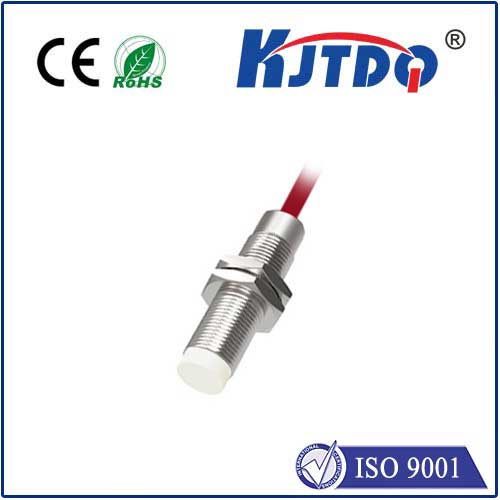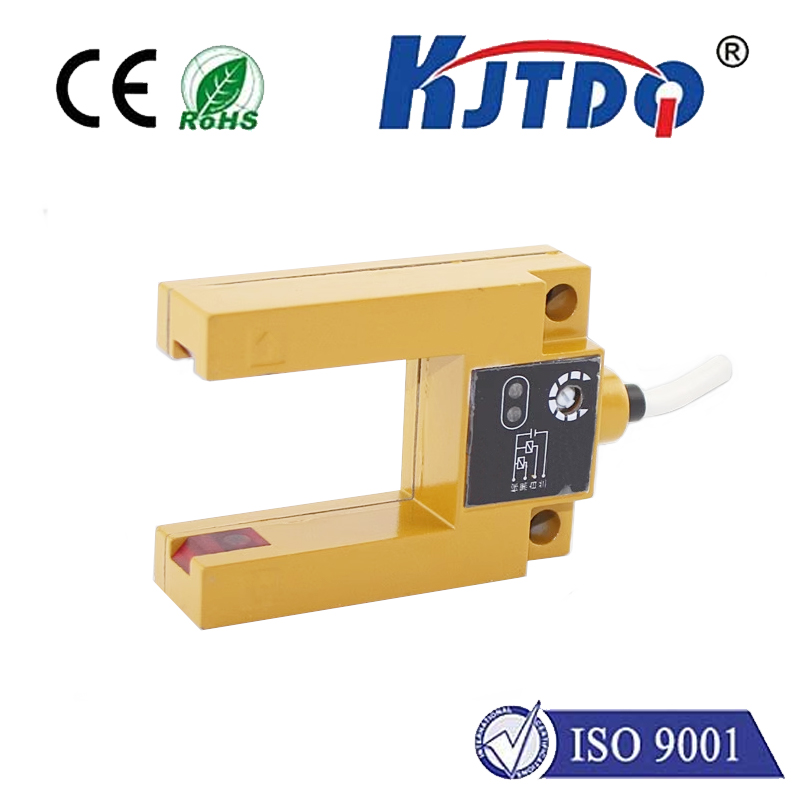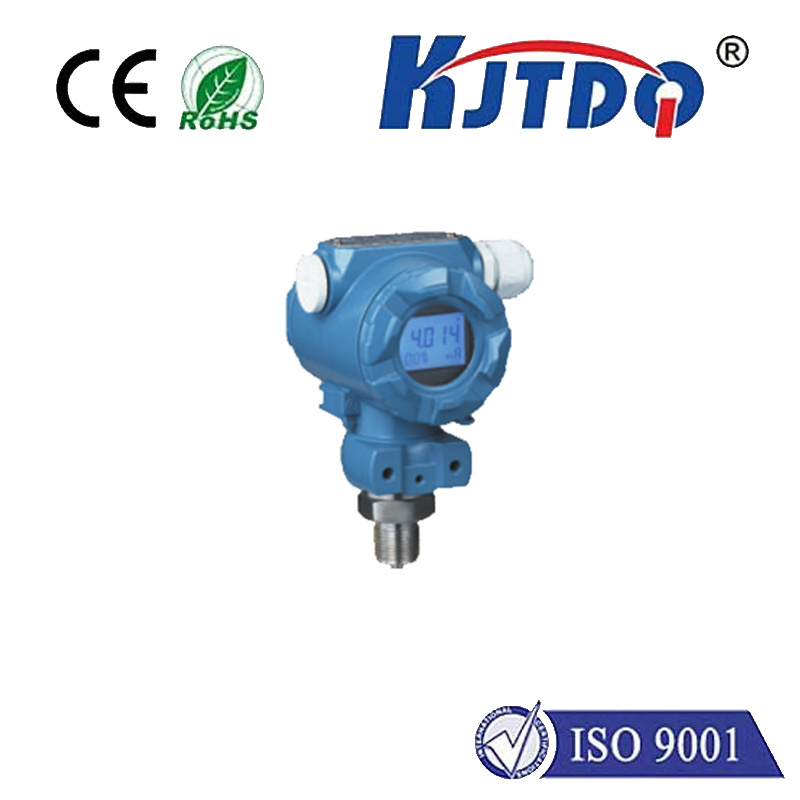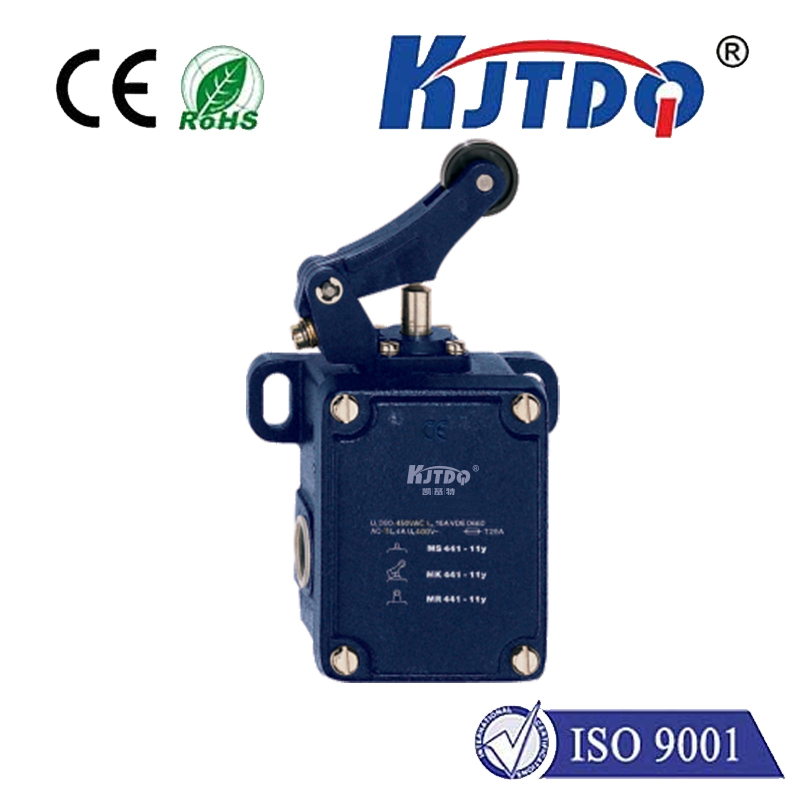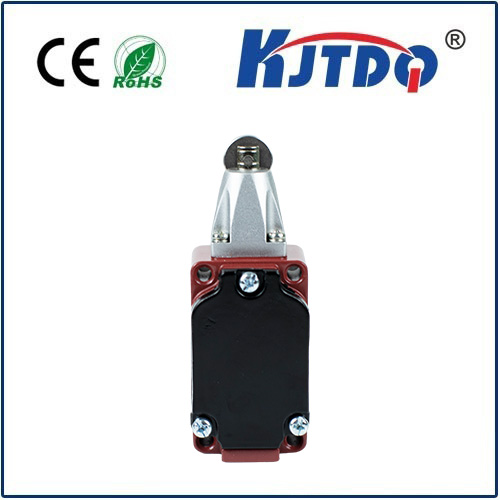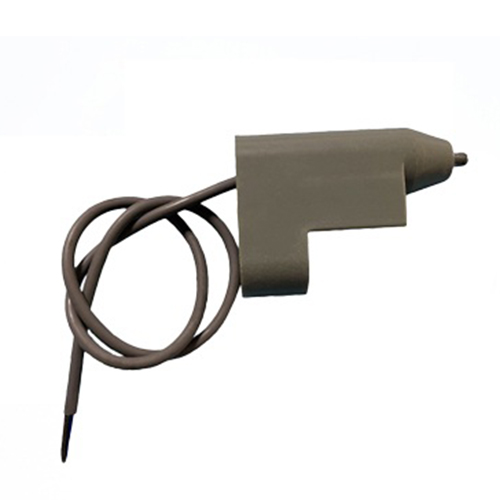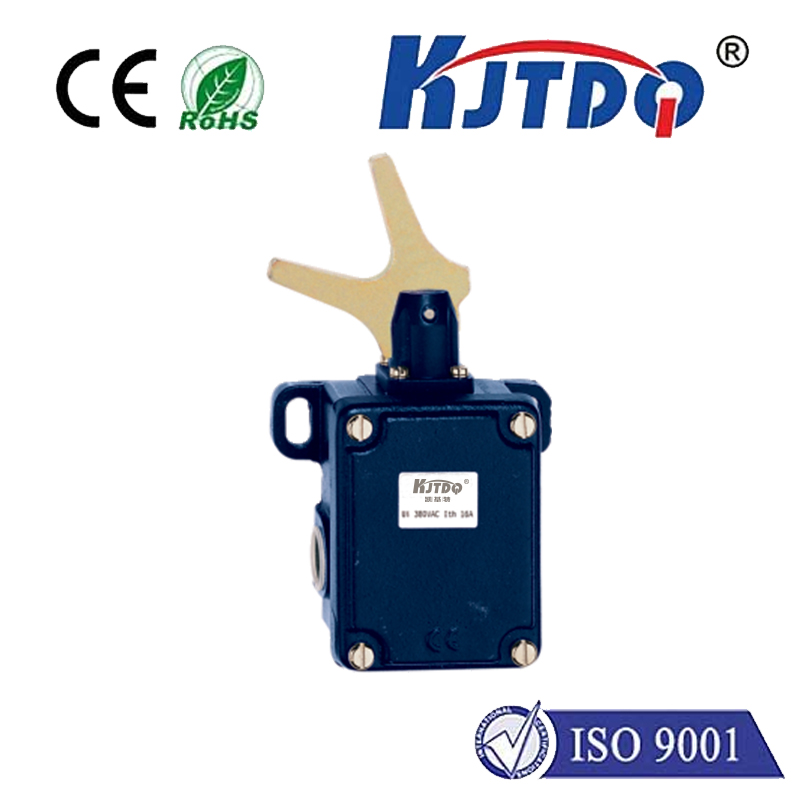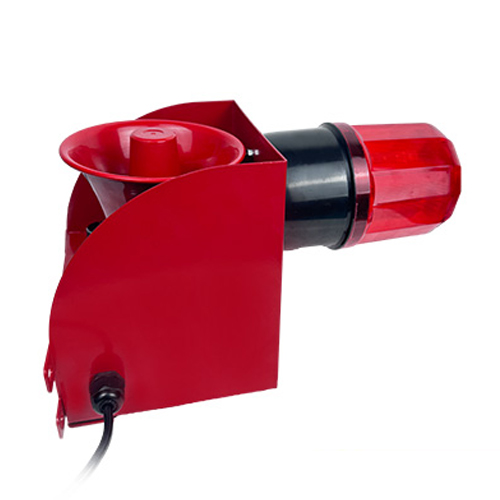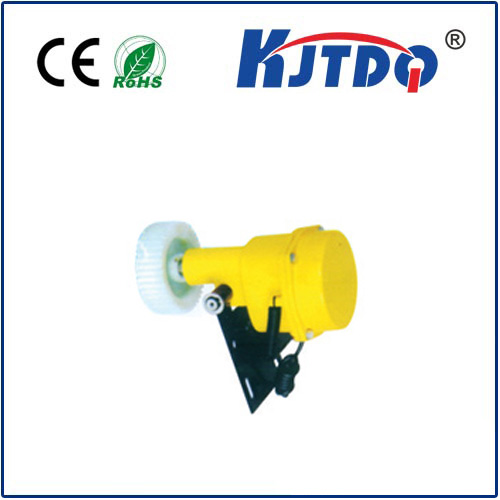Высокотемпературный ограничитель
- time:2025-08-04 13:02:23
- Нажмите:0
What is a High Heat Limit Switch? Your Essential Overheating Protector
Imagine your furnace running relentlessly, the heat building beyond safe levels unnoticed. Or your oven failing to cycle off, temperatures soaring towards a dangerous flare-up. Scenarios like these aren’t just hypothetical failures; they represent significant fire hazards and potential appliance destruction. This is precisely where the Высокотемпературный ограничитель, often termed a предохранительный ограничитель or thermal cutoff, becomes the unsung hero, silently standing guard against catastrophic overheating. Understanding its function is crucial for appliance safety, preventive maintenance, and avoiding costly repairs.
How Does a High Heat Limit Switch Work? Its Core Function
At its most fundamental level, a high heat limit switch is a temperature-activated safety device. Its sole purpose is to interrupt electrical power to a heating element or the entire appliance when it detects temperatures that exceed a predetermined safe threshold. Think of it as a highly sensitive, automatic circuit breaker specifically calibrated for heat rather than electrical current overload.

- The Sensing Element: This is typically a bimetal strip or a thermodisc. A bimetal strip consists of two different metals bonded together. Each metal expands at a different rate when heated. As the temperature rises, the bimetal strip bends or warps.
- The Switching Mechanism: This warping action (or the expansion of gas/liquid in some designs) physically triggers a switch. This switch is normally closed (allowing current flow) during safe operating temperatures.
- Tripping Action: When the critical high temperature limit is reached, the sensor’s physical change forces the switch to snap open, or “trip.” This breaks the electrical circuit, instantly cutting power to the heating source. It acts as a critical overheating protection fail-safe.
Why is a High Heat Limit Switch So Important?
The significance of this small component cannot be overstated. Its importance lies in several key areas:
- Fire Prevention: This is the primary and most critical function. By preventing runaway heating, the limit switch dramatically reduces the risk of electrical fires caused by overheated wires, components, or surrounding flammable materials. It is a fundamental appliance safety device.
- Appliance Protection: Excessive heat doesn’t just cause fires; it melts wiring insulation, warps critical components, damages sensors, and destroys motors. The limit switch acts as a guardian, shutting down the system before irreparable damage occurs, saving you from potentially expensive repairs or complete appliance replacement.
- Preventing System Meltdown: In complex systems like furnaces or industrial equipment, overheating can cascade into catastrophic failures involving multiple components. The limit switch acts as an early intervention point.
- Safety Compliance: Appliances incorporating heating elements are subject to stringent safety regulations. A functional высокотемпературный ограничитель is almost always a mandatory component for UL (Underwriters Laboratories) or other regional safety certifications.
Where You’ll Find High Heat Limit Switches: Key Applications
These vital safety components are ubiquitous in devices and machinery where controlled heat generation is required:
- HVAC Systems: Crucially placed within furnaces and boilers, monitoring heat exchanger temperatures. They prevent the exchanger from cracking or warping under extreme heat and stop the blower if inadequate airflow is detected (which causes overheating). They are also found in air handlers for electric heat strips.
- Kitchen Appliances: Ovens (preventing runaway baking/broiling), electric stoves/cooktops (element overheat protection), clothes dryers (safeguarding against lint fires), toasters, coffee makers, and many countertop appliances feature them.
- Water Heaters: Both electric and gas models use limit switches to prevent the tank water from exceeding dangerously high temperatures and associated pressure risks.
- Industrial Equipment: Motors, pumps, compressors, industrial ovens, plastic molding machines, and any equipment with heat-generating processes rely on thermal limit switches for safe operation.
- Electronics: Embedded within power supplies, amplifiers, and computers to prevent component damage from cooling fan failures or blocked vents.
- Automotive: Used in various subsystems like power seats or window motors to prevent burnout if movement is obstructed.
Recognizing Trouble: Symptoms of a Faulty High Heat Limit Switch
Like any component, a Высокотемпературный ограничитель can fail. Knowing the warning signs is key:
- Appliance Won’t Start/Heat: If the switch fails in the open position (tripped but unable to reset, or mechanically broken), it breaks the circuit permanently. The appliance powers on (lights/fans might work) but the heating element will not activate. It’s essentially locked out for safety.
- Frequent, Unexpected Shutdowns: A switch that is overly sensitive or beginning to fail might trip prematurely at temperatures below its designed limit, causing the appliance to shut down mid-cycle and then potentially restart once it cools slightly, only to trip again shortly after.
- No Heat After Overheating: Following a genuine overheating event (like a clogged furnace filter restricting airflow), the switch trips correctly. If it doesn’t reset manually (if designed to be resettable) or automatically once cooled, the appliance won’t restart heating.
- Visible Damage: In some cases, you might see signs of melted wiring near the switch or physical damage to the switch casing itself, indicating severe overheating occurred.
Dealing with a Tripped or Suspect Switch: Troubleshooting Insights
- Manual Reset Switches: Some limit switches (common in furnaces and dryers) have a small, prominent reset button, usually red. If an appliance suddenly stops heating:
- Turn the appliance OFF and unplug it or cut power at the breaker.
- Allow it to cool completely (often 30-60 minutes).
- Locate the reset button (consult manual) and press it firmly. You should feel/hear a click.
- Restore power and attempt normal operation.
- Caution: Resetting without addressing the root cause is dangerous and temporary. The switch tripped for a reason – restricted airflow (dirty filter, blocked vents), a faulty thermostat keeping the heat on too long, a failing blower motor, or simply a worn-out switch. Ignoring the underlying issue risks fire or repeated failures.
- Automatic Reset Switches: Common in smaller appliances or sealed units, these reset once they cool sufficiently. If the appliance continually cycles on and off (short cycling heat), it likely indicates either a faulty switch or a genuine intermittent overheating problem.
- Testing Continuity: Technicians often test switches using a multimeter on the continuity setting. With the switch at room temperature and disconnected from power, the meter should show continuity (circuit closed). Applying heat (carefully with a heat gun) should cause it to

